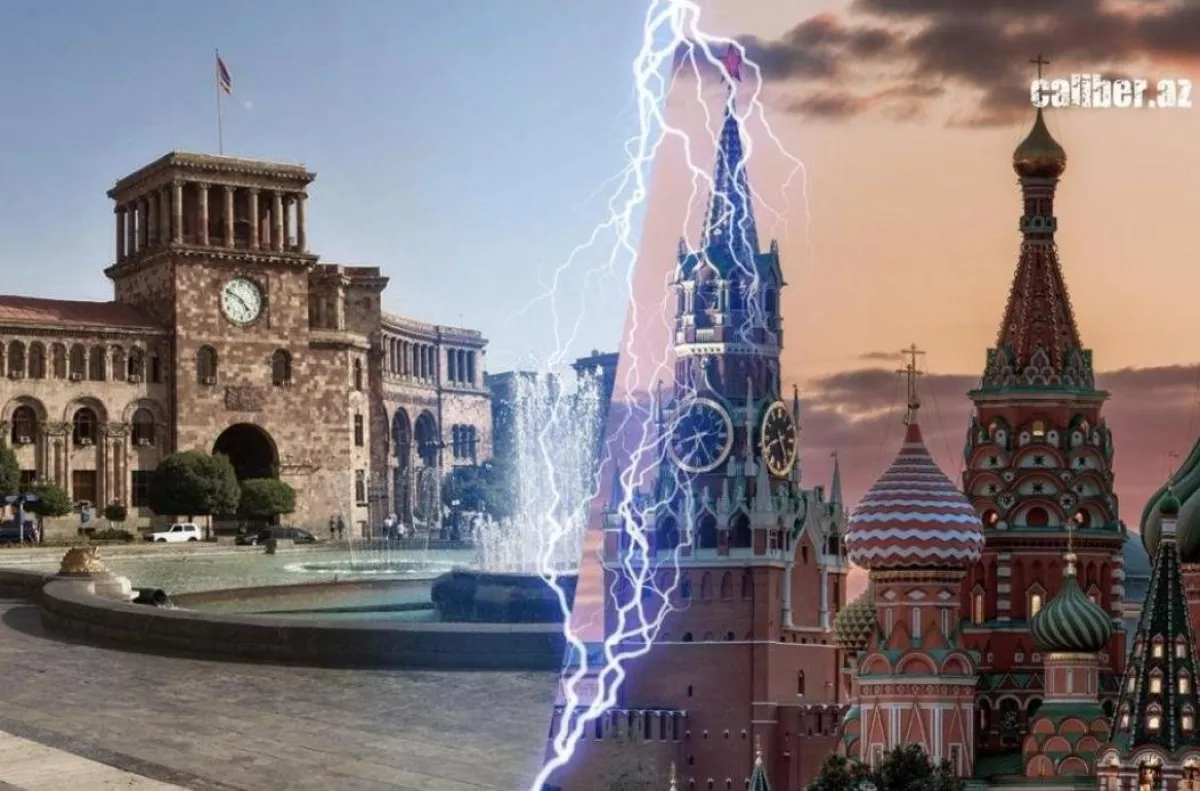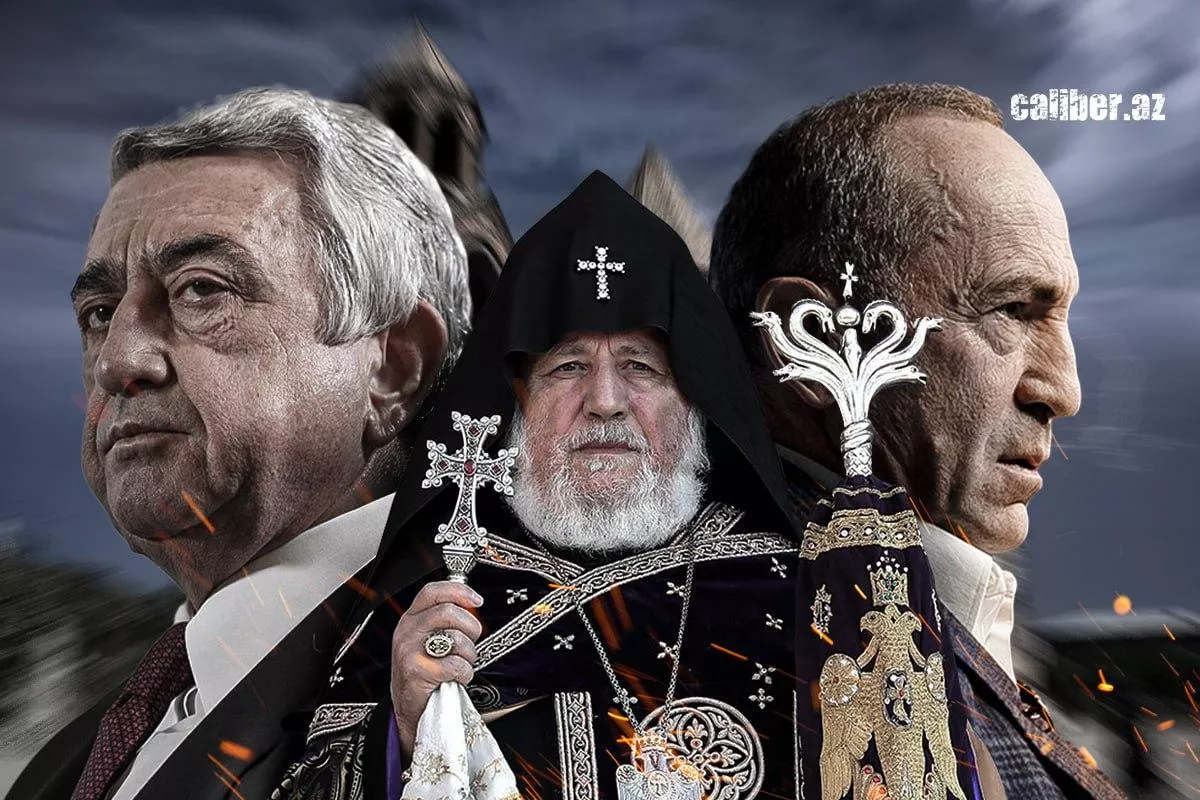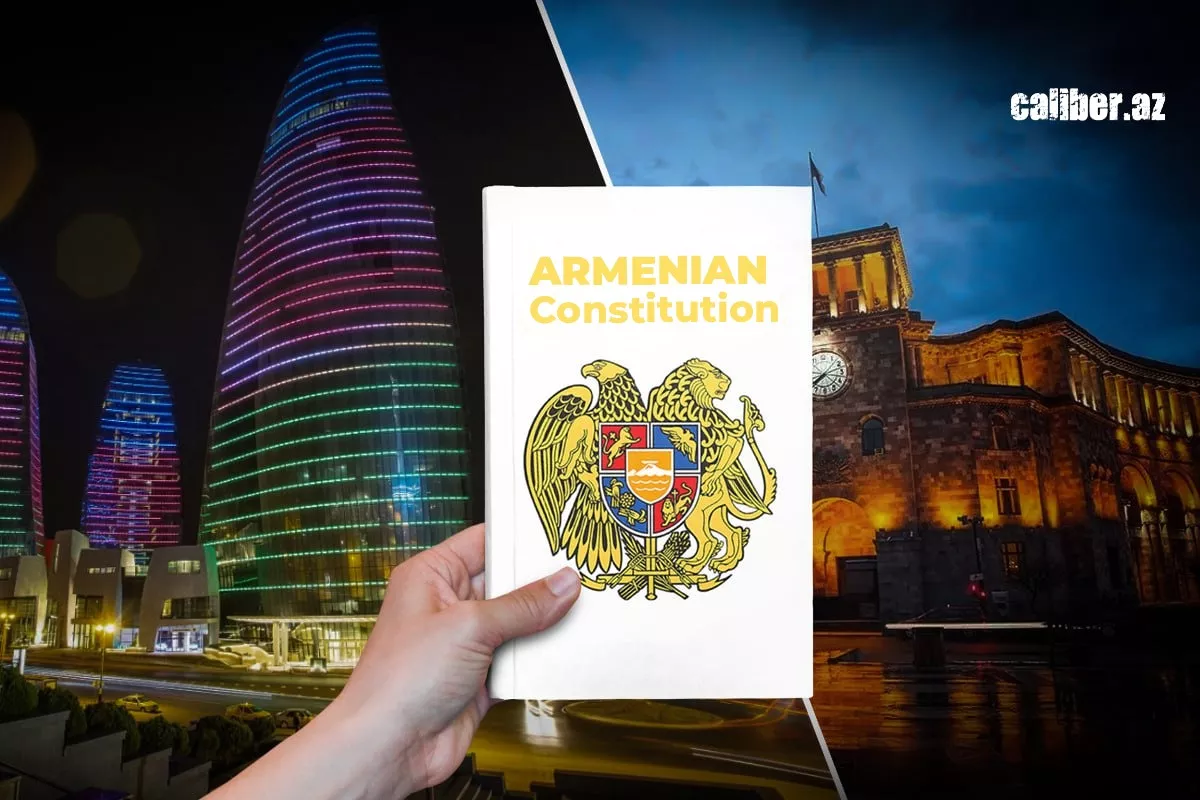The Washington leap: A shot-free peace and Armenia’s Constitution as an obstacle In-depth coverage in US media
The American publication War on the Rocks has published an article analysing the prospects and risks for the agreements reached between Baku and Yerevan in Washington on August 8. Caliber.Az offers its readers the most telling parts of the piece.
Editor's note: The article's author is Nima Khorrami, a research fellow at the Arctic Institute in Washington and a former research fellow at the OSCE Academy in Bishkek.

The South Caucasus has long been a geopolitical fault line caught between Russia, Iran, and Türkiye, scarred by decades of confrontation and conflict between not just Armenia and Azerbaijan, but also Russia and Georgia, which fought a war in 2008. Armenia’s traditional reliance on Russia for security and trade has been shaken by Moscow’s ambivalent stance during the 2020 Karabakh war, the subsequent Azerbaijani takeover of the region in 2023, and by disruptions in vital supply routes linked to Iran and Georgia. These events, in turn, have pushed Yerevan towards the West, culminating in a U.S.-facilitated memorandum with Baku on 8 August.
Envisioned as part of a wider Central Asian-European trade route, the central pillar of the deal is a 43-kilometre-long passage — to be jointly administered by Armenia and the United States and called the Trump Corridor for International Peace and Prosperity — through Armenia to the Azerbaijani exclave of Nakhchivan. However, while the deal is already being hailed in Washington as a major breakthrough, its success mainly hinges on Armenia overcoming deep domestic political divisions, institutional mistrust, and constitutional hurdles that could derail a final peace treaty. All of these could kill the deal in the cradle.
If it is successful, however, the benefits are considerable. It could realign the South Caucasus by weakening Russian influence, opening new trade routes, and deepening Western engagement with, and therefore influence in, the region — all without a single shot being fired or putting boots on the ground. But this will only matter if Armenia can navigate its internal political turmoil and constitutional reform without the process collapsing.
Geopolitical context and the stakes for Armenia
Armenia’s geopolitical recalibration has been driven by a confluence of regional upheavals. Traditionally encircled by closed borders with Türkiye and Azerbaijan, reliant on Russian security guarantees, and economically tethered to Moscow-controlled routes, Armenia now faces new challenges. The 2020 Karabakh war and subsequent Azerbaijani advances exposed Russia’s unreliable role as guarantor, spurring a cautious pivot towards Western partners and the European Union. This pivot was further accelerated by acute trade disruptions since May. The Israeli-Iranian conflict cut Armenia’s Bandar Abbas lifeline, severing up to a third of its imports.

For its part, Moscow has countered Armenia’s westward tilt by cultivating pro-Russian political actors ahead of the 2026 elections, exploiting local economic dependencies through selective trade restrictions, and leveraging public discontent to undermine Pashinyan’s policy direction.
Commercial prospects
Against this backdrop, the declaration signed with U.S. mediation could shift the balance of power, weakening the influence of Russia and Iran while expanding NATO’s strategic presence. The document may also unlock unprecedented economic opportunities by diversifying Armenia’s trade routes and attracting Western investment into infrastructure.
However, the strategic prospects largely depend on internal political stability in Armenia. Interference from Russia and Iran remains a looming threat that could disrupt logistics and undermine investor confidence. Critically, domestic opposition could slow down or even derail the project’s implementation. External actors are unlikely to trust commitments to developing regional interconnectivity unless they are supported by concrete steps toward stabilizing Armenia’s internal politics.
This is significant for several reasons. Russia is likely to repeat strategies it has employed elsewhere in the post-Soviet space to weaken Prime Minister Pashinyan. Moscow—and potentially Tehran—may exploit opportunities to conduct influence campaigns within Armenia. Moreover, pro-Russian actors in the country might use the corridor as leverage in relations with Azerbaijan, emphasizing its strategic and geopolitical value rather than its economic role.
Internal political contradictions
Today, Armenia’s political environment is marked by growing polarization. Recently, the government has taken decisive steps to neutralize actors it considers obstacles to implementing its political agenda. This has included the detention of opposition figures, as well as religious and business leaders, such as Archbishop Bagrat Galstanyan and billionaire Samvel Karapetyan. These actions have heightened tensions with the Armenian Church.

Meanwhile, the two largest opposition factions in parliament—“Hayastan” and the Republican Party of Armenia (RPA, “I Have Honor”)—have opposed the declaration. Their stance has been supported by diaspora organizations, including the Armenian National Committee of America (ANCA).
Constitutional reforms
A key challenge is the process of constitutional reform in Armenia. Azerbaijani President Ilham Aliyev has directly linked the signing of the peace agreement to Armenia making changes to its constitution, which would require a national referendum.
If the amendments are approved, they could pave the way for peace and stability in the region. Conversely, delays, political disputes, or public rejection could indefinitely stall the agreement, increasing the risk of renewed conflict.
Under Armenian law, constitutional amendments of this magnitude cannot be enacted solely by parliament. They require a two-stage process: first, approval by a qualified majority in the National Assembly, followed by ratification in a nationwide referendum. Any organised boycott by opposition parties or the Armenian Church could derail this process. In such a scenario, low voter turnout or a parliamentary deadlock could undermine the peace process and reignite tensions with Azerbaijan.

However, Prime Minister Pashinyan may be able to push through the reforms. He has already demonstrated a willingness to consolidate control over the executive branch by restructuring the security sector, sidelining opponents, and weakening competing institutions. If he continues along this trajectory, he could overcome institutional vetoes and achieve constitutional changes in support of the peace agreement.
While Armenia’s internal challenges receive significant attention, it would be mistaken to place full responsibility on Yerevan. At some point, the U.S. could reduce the priority it assigns to the South Caucasus. However, if Washington intended simply to “cede” the region to Russia, it would not have invested such substantial resources in mediation.
Meanwhile, Baku has already secured notable concessions, including U.S. recognition of the corridor in the absence of a formal peace treaty and the suspension of Section 907 of the Freedom Support Act. These achievements give Azerbaijan an incentive to solidify the agreement to avoid the risk of renewed regional instability.
Fragile peace
The joint declaration signed with U.S. mediation marks a strategic breakthrough in the South Caucasus, promising to weaken Russia’s influence. The primary risk to the agreement’s success lies in Armenia’s domestic political situation, characterized by polarization, institutional distrust, and conflicting interpretations, which could seriously complicate its implementation.
The most unpredictable challenge is Armenia’s ability to manage its constitutional politics and a deeply divided society. The coming months will reveal whether the country can overcome internal obstacles or if disagreements will derail this historic opportunity for regional stability. The political and strategic implications for stakeholders are clear: no one should regard this declaration as a done deal,” wrote Nima Khorrami.








